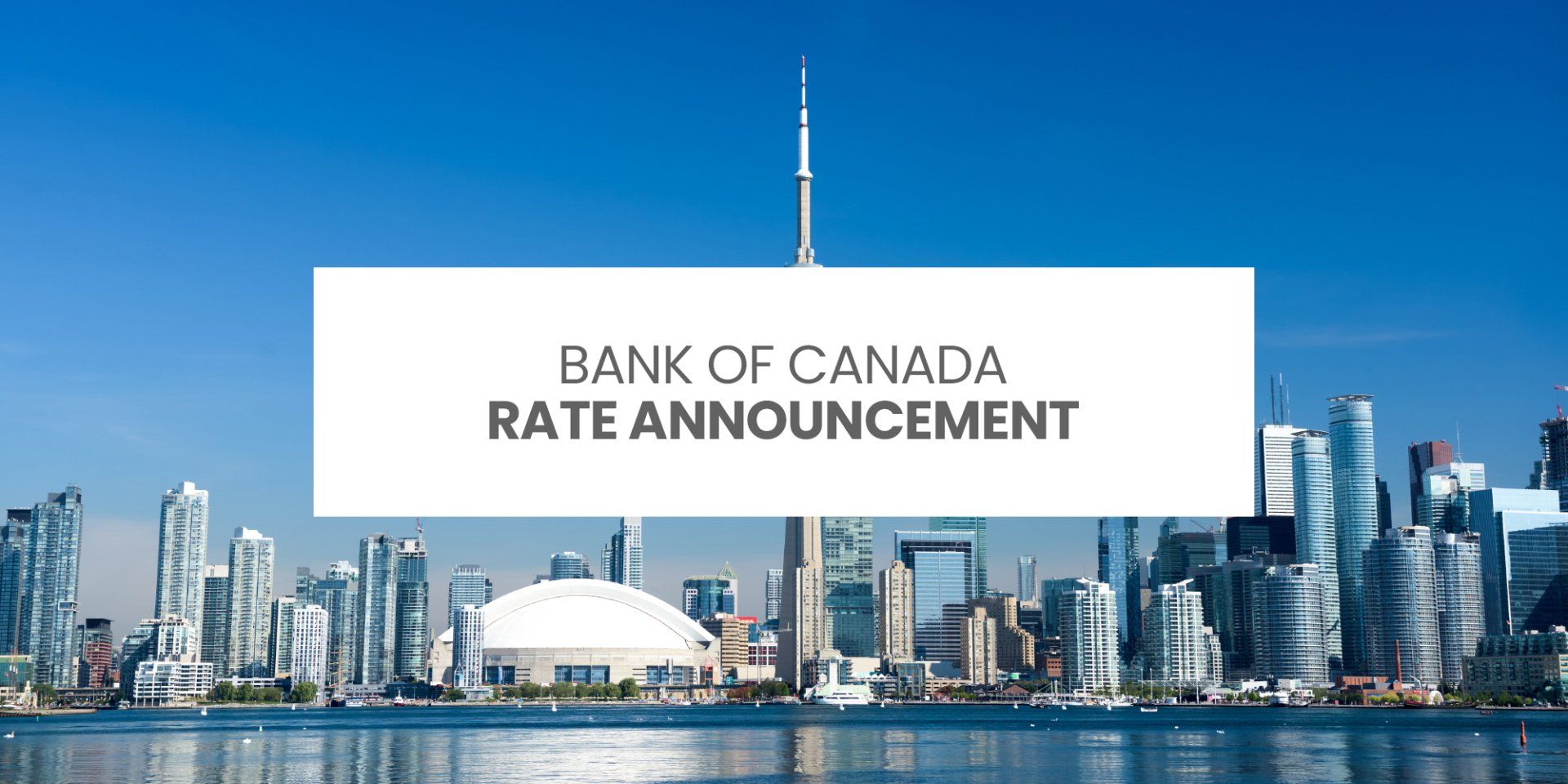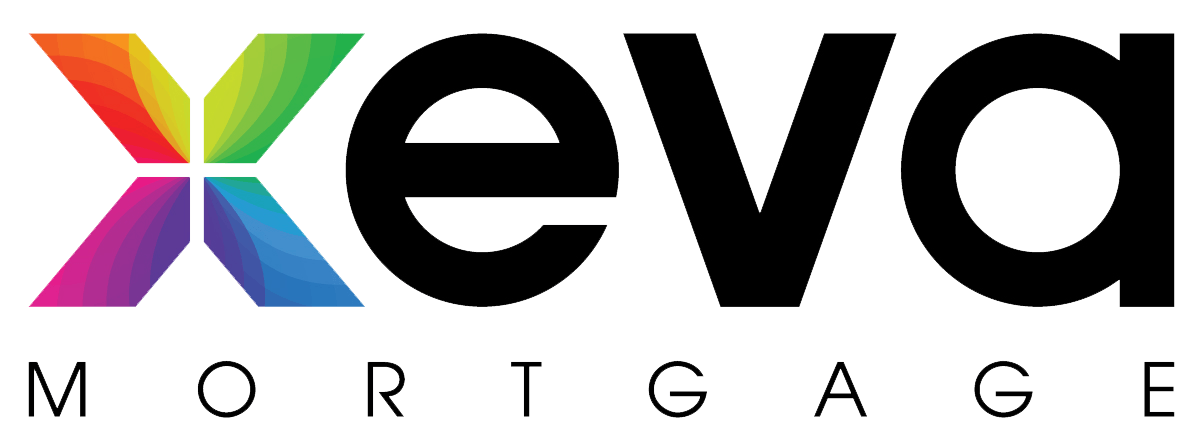Can I Give Someone The Downpayment to Buy My House?
Andrew Homeyer • November 14, 2019

Although it might not always be this straightforward, the question "Can I give someone the downpayment to buy my house?" presents itself in many different ways. And the answer to all of them is no, well... except in one circumstance, but we will get to that later. Here are a few scenarios played out.
"I am selling my house on ComFree and I have someone who is interested in purchasing my property, but they don't quite have the full downpayment, can I give them part of the downpayment to help them out? I REALLY need to sell my house! Does the bank really care where the downpayment comes from?"
Let's establish why the lender cares about where the downpayment comes from, there are 3 reasons.
Firstly by law, they have to. In order to prevent money laundering, lenders have to prove the source of the downpayment on the purchase of a home. Acceptable forms of downpayment are from own resources, borrowed (through an insured program called the FlexDown), or gifted from an immediate family member. To prove the funds are own resources, 90 days bank statements are required indicating the money has been in the account for 90 days or to show an accumulation of funds through payroll deposits.
Secondly, the lender cares about the source of the downpayment because it indicates the buyer is financially qualified to purchase the home. Obviously a downpayment from own resources is best, as it shows that the buyer has positive cash flow, is able to save money and manages their finances in a way that they will most likely make their mortgage payments on time. The bigger the downpayment the better (as far as the lender is concerned) because there is a direct correlation between how much money someone has as equity in a property to the likelihood they will/won't default on their mortgage. To break that down... the more skin you have in the game, the less likely you are to walk away.
Thirdly and most important to this scenario, the downpayment establishes the loan to value ratio. Now, the loan to value ratio or LTV is the percentage of the property's value compared to the mortgage amount. In Canada, a lender cannot lend more than 95% of a property's value, or said in another way they can't lend higher than a 95% LTV. This means that if someone is buying a home for $400k, the lender can lend $380k, and the buyer is responsible to come up with 5% or $20k in this situation.
So how does the source of the downpayment impact LTV?
Great question, and to answer this, we have to look at how a property's value is established. Although we could go into a lot more detail here, very simply put, something is worth what someone is willing to pay for it and what someone is willing to sell it for. Of course within reason, having no external factors coming into play and when you are dealing with real estate, it's usually compared to what people have agreed to in the past on similar properties. So combining our scenarios, if you are selling your house for $400k and you give the $20k downpayment to the buyer, the actual sale price (the amount you agreed to sell for, and the amount the buyer pays) is actually $380k not $400k. So to take the purchase contract in to the lender and request a mortgage for $380k would actually be a 100% LTV and financing will be declined because the minimum LTV in Canada is 95%.
Now, despite how people attempt to rationalize or manoeuvre wording and money, its all smoke and mirrors, if the buyer isn't coming up with the money for the downpayment independent of the seller, it impacts the LTV and financing will not be completed. Here are variations of this scenario played out in different ways.
"Can I increase the sale price of the property I'm selling and "gift" the downpayment to the buyer so they have a bigger downpayment and it looks more favourable to the lender?"
Nope, again, this is a trick to try and manipulate the LTV.
"If the buyer wants my house really badly, but doesn't have the full downpayment, can they borrow the money from somewhere and then we provide them with a cash back at closing to repay the debt?"
No. ANY cash back from the seller to the buyer when the purchase transaction closes is a no go. Just like on the front end of the purchase, any money refunded or given back on closing impacts the LTV and it would impact the mortgage lenders decision to lend.
"But what if the lender doesn't know about it?"
This is called fraud. Having conditions to the sale of a property that are not disclosed to the lender is fraud. There is no 2 ways about it.
"You mentioned at the start of this article that there is one way to give someone the downpayment to buy a house, tell me more!"
As mentioned, there are 3 acceptable sources for a downpayment, one of them being a gift from an immediate family member. So if you are selling your property to an immediate family member, you are able to gift the equity to them on the purchase contract. You would write that condition on the actual purchase contract, that the downpayment is coming by way of a gift. You would then complete a gift letter indicating that the downpayment is a true gift and has no schedule for repayment.
So there you have it. If you are selling a house to someone you are not directly related to, you are not able to give them the money for your downpayment. Alternatively, if you are buying a house from someone you are not directly related to, you are not able to take money from them for the downpayment. If anyone tells you otherwise, they are misinformed. And if anyone ever presents a way to "get around the rules" regardless of how simple it sounds, it's probably fraud.
If you have any questions about this or anything else mortgage related, I would love to talk with you!
Contact me anytime!
RECENT POSTS

Bank of Canada increases policy interest rate by 50 basis points, continues quantitative tightening. FOR IMMEDIATE RELEASE Media Relations Ottawa, Ontario October 26, 2022 The Bank of Canada today increased its target for the overnight rate to 3¾%, with the Bank Rate at 4% and the deposit rate at 3¾%. The Bank is also continuing its policy of quantitative tightening. Inflation around the world remains high and broadly based. This reflects the strength of the global recovery from the pandemic, a series of global supply disruptions, and elevated commodity prices, particularly for energy, which have been pushed up by Russia’s attack on Ukraine. The strength of the US dollar is adding to inflationary pressures in many countries. Tighter monetary policies aimed at controlling inflation are weighing on economic activity around the world. As economies slow and supply disruptions ease, global inflation is expected to come down. In the United States, labour markets remain very tight even as restrictive financial conditions are slowing economic activity. The Bank projects no growth in the US economy through most of next year. In the euro area, the economy is forecast to contract in the quarters ahead, largely due to acute energy shortages. China’s economy appears to have picked up after the recent round of pandemic lockdowns, although ongoing challenges related to its property market will continue to weigh on growth. Overall, the Bank projects that global growth will slow from 3% in 2022 to about 1½% in 2023, and then pick back up to roughly 2½% in 2024. This is a slower pace of growth than was projected in the Bank’s July Monetary Policy Report (MPR). In Canada, the economy continues to operate in excess demand and labour markets remain tight. The demand for goods and services is still running ahead of the economy’s ability to supply them, putting upward pressure on domestic inflation. Businesses continue to report widespread labour shortages and, with the full reopening of the economy, strong demand has led to a sharp rise in the price of services. The effects of recent policy rate increases by the Bank are becoming evident in interest-sensitive areas of the economy: housing activity has retreated sharply, and spending by households and businesses is softening. Also, the slowdown in international demand is beginning to weigh on exports. Economic growth is expected to stall through the end of this year and the first half of next year as the effects of higher interest rates spread through the economy. The Bank projects GDP growth will slow from 3¼% this year to just under 1% next year and 2% in 2024. In the last three months, CPI inflation has declined from 8.1% to 6.9%, primarily due to a fall in gasoline prices. However, price pressures remain broadly based, with two-thirds of CPI components increasing more than 5% over the past year. The Bank’s preferred measures of core inflation are not yet showing meaningful evidence that underlying price pressures are easing. Near-term inflation expectations remain high, increasing the risk that elevated inflation becomes entrenched. The Bank expects CPI inflation to ease as higher interest rates help rebalance demand and supply, price pressures from global supply disruptions fade, and the past effects of higher commodity prices dissipate. CPI inflation is projected to move down to about 3% by the end of 2023, and then return to the 2% target by the end of 2024. Given elevated inflation and inflation expectations, as well as ongoing demand pressures in the economy, the Governing Council expects that the policy interest rate will need to rise further. Future rate increases will be influenced by our assessments of how tighter monetary policy is working to slow demand, how supply challenges are resolving, and how inflation and inflation expectations are responding. Quantitative tightening is complementing increases in the policy rate. We are resolute in our commitment to restore price stability for Canadians and will continue to take action as required to achieve the 2% inflation target. Information note The next scheduled date for announcing the overnight rate target is December 7, 2022. The Bank will publish its next full outlook for the economy and inflation, including risks to the projection, in the MPR on January 25, 2023. View the October 2022 Monetary Policy Report

Bank of Canada increases policy interest rate by 75 basis points, continues quantitative tightening. FOR IMMEDIATE RELEASE Media Relations Ottawa, Ontario September 7, 2022 The Bank of Canada today increased its target for the overnight rate to 3¼%, with the Bank Rate at 3½% and the deposit rate at 3¼%. The Bank is also continuing its policy of quantitative tightening. The global and Canadian economies are evolving broadly in line with the Bank’s July projection. The effects of COVID-19 outbreaks, ongoing supply disruptions, and the war in Ukraine continue to dampen growth and boost prices. Global inflation remains high and measures of core inflation are moving up in most countries. In response, central banks around the world continue to tighten monetary policy. Economic activity in the United States has moderated, although the US labour market remains tight. China is facing ongoing challenges from COVID shutdowns. Commodity prices have been volatile: oil, wheat and lumber prices have moderated while natural gas prices have risen. In Canada, CPI inflation eased in July to 7.6% from 8.1% because of a drop in gasoline prices. However, inflation excluding gasoline increased and data indicate a further broadening of price pressures, particularly in services. The Bank’s core measures of inflation continued to move up, ranging from 5% to 5.5% in July. Surveys suggest that short-term inflation expectations remain high. The longer this continues, the greater the risk that elevated inflation becomes entrenched. The Canadian economy continues to operate in excess demand and labour markets remain tight. Canada’s GDP grew by 3.3% in the second quarter. While this was somewhat weaker than the Bank had projected, indicators of domestic demand were very strong – consumption grew by about 9½% and business investment was up by close to 12%. With higher mortgage rates, the housing market is pulling back as anticipated, following unsustainable growth during the pandemic. The Bank continues to expect the economy to moderate in the second half of this year, as global demand weakens and tighter monetary policy here in Canada begins to bring demand more in line with supply. Given the outlook for inflation, the Governing Council still judges that the policy interest rate will need to rise further. Quantitative tightening is complementing increases in the policy rate. As the effects of tighter monetary policy work through the economy, we will be assessing how much higher interest rates need to go to return inflation to target. The Governing Council remains resolute in its commitment to price stability and will continue to take action as required to achieve the 2% inflation target. INFORMATION NOTE The next scheduled date for announcing the overnight rate target is October 26, 2022. The Bank will publish its next full outlook for the economy and inflation, including risks to the projection, in the MPR at the same time.

Bank of Canada increases policy interest rate by 100 basis points, continues quantitative tightening. FOR IMMEDIATE RELEASE Media Relations Ottawa, Ontario July 13, 2022 The Bank of Canada today increased its target for the overnight rate to 2½%, with the Bank Rate at 2¾% and the deposit rate at 2½%. The Bank is also continuing its policy of quantitative tightening (QT). Inflation in Canada is higher and more persistent than the Bank expected in its April Monetary Policy Report (MPR), and will likely remain around 8% in the next few months. While global factors such as the war in Ukraine and ongoing supply disruptions have been the biggest drivers, domestic price pressures from excess demand are becoming more prominent. More than half of the components that make up the CPI are now rising by more than 5%. With this broadening of price pressures, the Bank’s core measures of inflation have moved up to between 3.9% and 5.4%. Also, surveys indicate more consumers and businesses are expecting inflation to be higher for longer, raising the risk that elevated inflation becomes entrenched in price- and wage-setting. If that occurs, the economic cost of restoring price stability will be higher. Global inflation is higher, reflecting the impact of the Russian invasion of Ukraine, ongoing supply constraints, and strong demand. Many central banks are tightening monetary policy to combat inflation, and the resulting tighter financial conditions are moderating economic growth. In the United States, high inflation and rising interest rates are contributing to a slowdown in domestic demand. China’s economy is being held back by waves of restrictive measures to contain COVID-19 outbreaks. Oil prices remain high and volatile. The Bank now expects global economic growth to slow to about 3½% this year and 2% in 2023 before strengthening to 3% in 2024. Further excess demand has built up in the Canadian economy. Labour markets are tight with a record low unemployment rate, widespread labour shortages, and increasing wage pressures. With strong demand, businesses are passing on higher input and labour costs by raising prices. Consumption is robust, led by a rebound in spending on hard-to-distance services. Business investment is solid and exports are being boosted by elevated commodity prices. The Bank estimates that GDP grew by about 4% in the second quarter. Growth is expected to slow to about 2% in the third quarter as consumption growth moderates and housing market activity pulls back following unsustainable strength during the pandemic. The Bank expects Canada’s economy to grow by 3½% in 2022, 1¾% in 2023, and 2½% in 2024. Economic activity will slow as global growth moderates and tighter monetary policy works its way through the economy. This, combined with the resolution of supply disruptions, will bring demand and supply back into balance and alleviate inflationary pressures. Global energy prices are also projected to decline. The July outlook has inflation starting to come back down later this year, easing to about 3% by the end of next year and returning to the 2% target by the end of 2024. With the economy clearly in excess demand, inflation high and broadening, and more businesses and consumers expecting high inflation to persist for longer, the Governing Council decided to front-load the path to higher interest rates by raising the policy rate by 100 basis points today. The Governing Council continues to judge that interest rates will need to rise further, and the pace of increases will be guided by the Bank’s ongoing assessment of the economy and inflation. Quantitative tightening continues and is complementing increases in the policy interest rate. The Governing Council is resolute in its commitment to price stability and will continue to take action as required to achieve the 2% inflation target. Information note The next scheduled date for announcing the overnight rate target is September 7, 2022. The Bank will publish its next full outlook for the economy and inflation, including risks to the projection, in the MPR on October 26, 2022.









